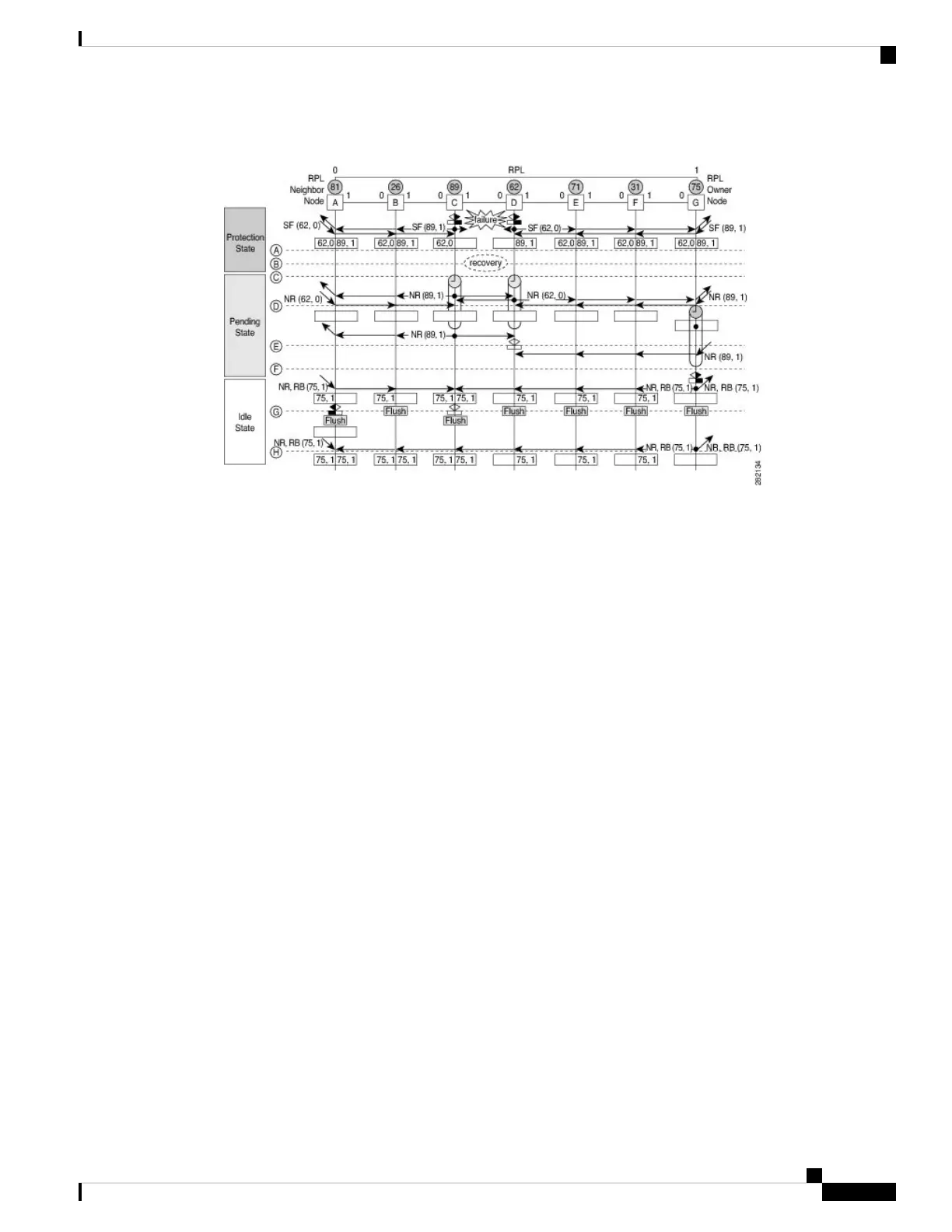Figure 27: Single link failure Recovery (Revertive operation)
This sequence describes the steps in the single link failure recovery, as represented in Figure 9:
1. Link operates in the stable SF condition.
2. Recovery of link failure occurs.
3. Ethernet ring nodes C and D detect clearing of signal failure (SF) condition, start the guard timer and
initiate periodical transmission of RAPS (NR) messages on both ring ports. (The guard timer prevents
the reception of RAPS messages).
4. When the Ethernet ring nodes receive an RAPS (NR) message, the Node ID and BPR pair of a receiving
ring port is deleted and the RPL owner node starts the WTR timer.
5. When the guard timer expires on Ethernet ring nodes C and D, they may accept the new RAPS messages
that they receive. Ethernet ring node D receives an RAPS (NR) message with higher Node ID from Ethernet
ring node C, and unblocks its non-failed ring port.
6. When WTR timer expires, the RPL owner node blocks its end of the RPL, sends RAPS (NR, RB) message
with the (Node ID, BPR) pair, and performs the FDB flush.
7. When Ethernet ring node C receives an RAPS (NR, RB) message, it removes the block on its blocked
ring ports, and stops sending RAPS (NR) messages. On the other hand, when the RPL neighbor node A
receives an RAPS (NR, RB) message, it blocks its end of the RPL. In addition to this, Ethernet ring nodes
A to F perform the FDB flush when receiving an RAPS (NR, RB) message, due to the existence of the
Node ID and BPR based mechanism.
Flow Aware Transport Pseudowire (FAT PW)
Routers typically loadbalance traffic based on the lower most label in the label stack which is the same label
for all flows on a given pseudowire. This can lead to asymmetric loadbalancing. The flow, in this context,
refers to a sequence of packets that have the same source and destination pair. The packets are transported
from a source provider edge (PE) to a destination PE.
L2VPN and Ethernet Services Configuration Guide for Cisco ASR 9000 Series Routers, IOS XR Release 6.3.x
221
Implementing Multipoint Layer 2 Services
Flow Aware Transport Pseudowire (FAT PW)

